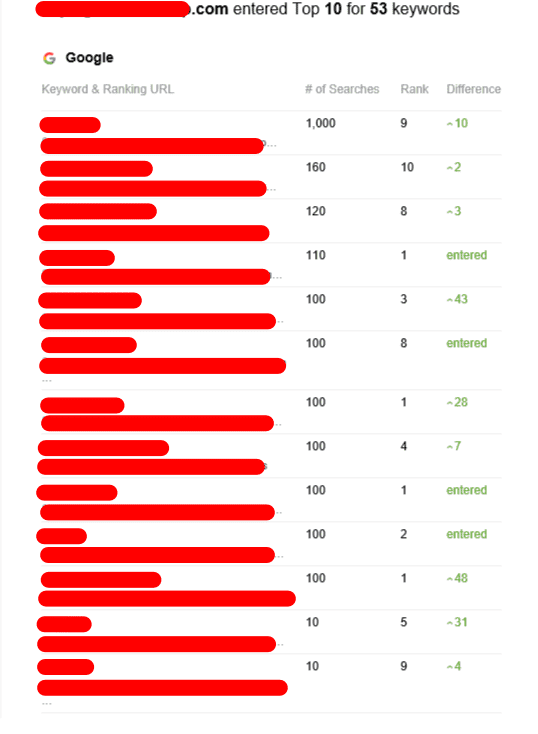Tiered Link Building - The Dangers of Black Hat Link Building
It is possible to increase your search engine ranking using an approach to link building. However, it is important to keep in mind that it could be risky if you use black-hat link-building tactics. Since the beginning the search engines such as Google have cracked down on these practices through a series of updates.
Avoid black-hat methods such as PBNs and blog comments. These methods are ineffective and could result in penalties from Google.
First-tier links
This method of building links involves placing links on websites with a high Domain Authority (DA) and a significant amount of traffic every month. It is a great method to get your website noticed by search engines. However, it is not the ideal solution for every scenario. Although it may temporarily improve your rankings, you should still focus on the quality and quantity of your backlinks.
The main goal of first-tier links is to increase your backlink profile by acquiring the best quality, natural-looking links. This will allow you to rank for keywords that are relevant to your industry. It can also help your website to gain an improved reputation which is crucial to receiving the highest number of visitors from search results.
While some black hat SEOs swear by tiered link building, it's still a risky strategy. It is not in line with Google Webmaster Guidelines and if a human reviewer notices the issue, they may take a manual action which could have a significant impact on your ranking.
You should make your first-tier link look as natural as possible to avoid this risk. That means they should provide value to the article in which they're embedded, and they shouldn't appear obvious or sloppy. Also, you should check whether the directory in which you post your first-tier link has been included in the index of Google. This can be done by typing the URL of the directory into a search engine like Google and observing the number of results that appear.
Second-tier links
Tiered link building is an excellent way to boost the power of your PBN, but it also comes with a risk. Google is securing links that appear to be fake, and low-quality links that tiered linking building relies upon gets less effective as time goes by. As a result, this kind of link-building could lead to penalties for your site and may result in a decrease in your rank.
It is essential to avoid being penalized by using white-hat techniques when creating your second-tier link. You can use high-quality articles on websites that are relevant to your industry. These links are more credible than forums or comments, and are more likely to be clicked by people reading them. You could also consider submitting your articles to directories that you are interested in. Sign up for HARO. This email subscription service will send you daily emails with the subjects that journalists are interested in covering.
Second-tier backlinks don't just increase the authority of your PBN but also increase the quality and quantity of your primary backlinks. Second-tier links built on sites that have a high authority on domains will enhance the authority of primary backlinks. To maximize the benefits from this method it is recommended to utilize a mix of standalone second-tier and second-tier links that are utilized in conjunction with primary links.
Third-tier links
Tiered link building is a well-known method to increase the authority of webpages. It can be used to boost the number of visitors, boost rankings and increase revenue. This technique involves using the backlink chain which gradually improves in quality. It also helps in avoiding spam filters.
However, the process of building tiers of links can be risky if is not done correctly. Google may penalize your site by removing too many links of low quality. This is because tiered linking is not in the Google's Webmaster Guidelines.
Tier 1 links are of the highest quality. They should be anchored to the keyword you're aiming for and relevant to the content of your page. This will help you rank for the desired keyword which will bring more traffic to your website.

Tier 2 links have a lesser importance. They are typically to blogs, directories and Q&A websites. Tier 3 links are generally somewhat more shady, but they can still bring value to your profile. tiered backlinks include links in forums, comment sections and bio profiles. The majority of people who participate in tiered link building tend to throw quality, relevance, and context out the window at this stage. They use automated tools to build third-tier links and then link them to pages that have low authority.
Fourth-tier links
Tiered link building is an effective strategy that can increase a website's organic ranking. However, it's only efficient if used in combination with other white hat SEO strategies. If not, it could lead to your site to be penalized by Google. Google penalizes sites using tiered links since they often are coupled with low-quality content.
Tiered links can also be connected to websites and blogs that are not of high quality. They may lose their value if search engines start to think they are spammy and irrelevant. These links are also found on low-quality profiles on social media, web 2.0 platforms as well as other sites that have user-generated content. These backlinks are typically of low quality and can be created by using automated tools.
Alongside these drawbacks tied links can result in a profile of backlinks that is over-exaggerated, and can cause harm to a website's SEO optimization. This is because it is difficult to differentiate between quality and low-quality backlinks. Additionally, it can be expensive for a company to manage a large number of links. Therefore, it is best to utilize tiered link building as part of a comprehensive content marketing strategy. This will ensure your content is relevant for your intended audience and is more likely to draw visitors to your site.
